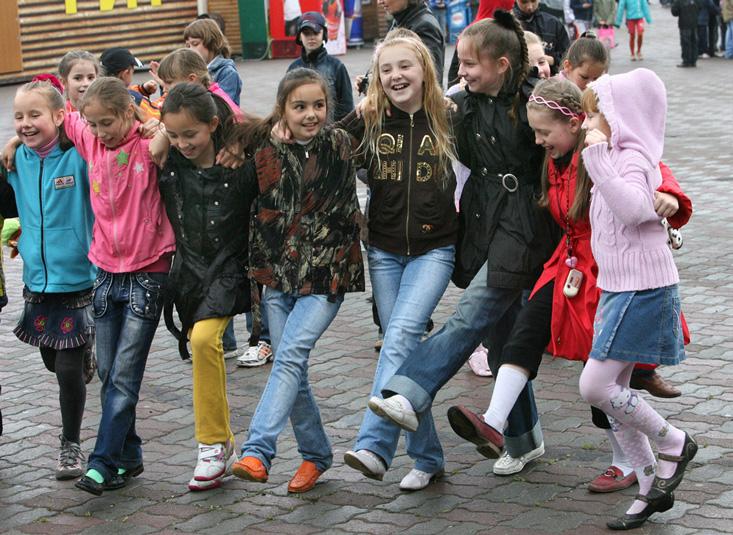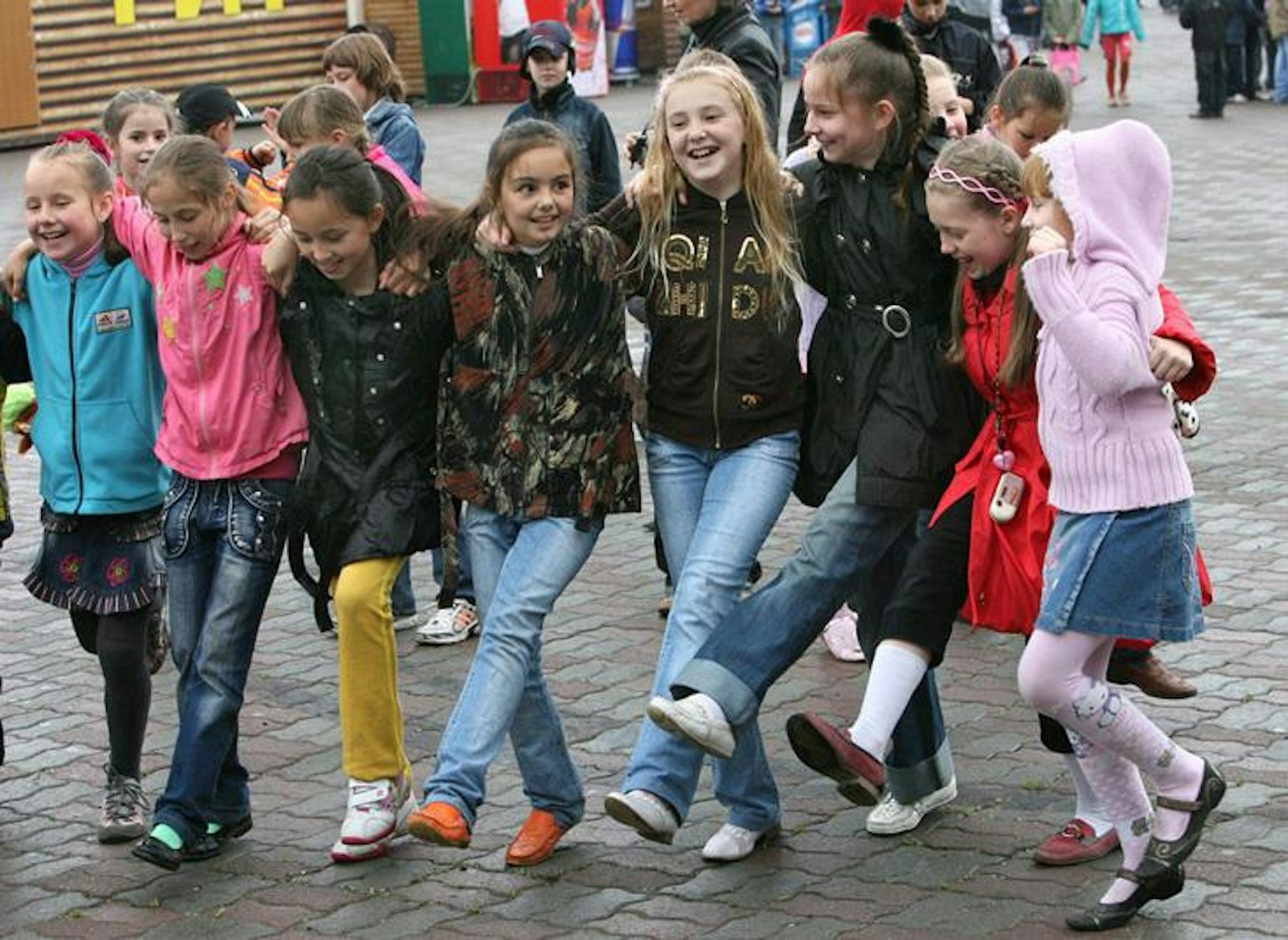My wife can’t seem to walk for a half-hour around Ottawa, a city with nearly a million people, without running into at least three of her friends. Some people, like my wife, seem to have a zillion of them, while others appear to be content with just a handful. Having more friends seems like a good thing: It’s been shown to make you happier, and your social circle is more important than diet, and even exercise, to your longevity and happiness.1
But is there a limit to how many friends you can profitably have?

Let’s start with conversation size. It’s easy to chat with one or two people, but after that it gets more complicated. The maximum number of people who can converse at once—sharing alternating viewpoints and responding to one another—is about five.2 When more than five people gather, there is simply too much distance for everyone to hear everyone else (though this upper limit varies with the level of ambient noise). There may also be something more aesthetically pleasing to us about smaller groups of people. A 2014 study of famous paintings from all over the world, ancient and contemporary, found that over 50 percent of paintings with people in them feature fewer than three.3 Larger groups are rare.
Scaling up from conversation size, we get community size. How big can that be? The most famous estimate was introduced in 1993 by anthropologist Robin Dunbar, who looked at nonhuman primates and found that the volume of a primate species’ neocortex (the wrinkled sheet on the outside of the brain) correlated with the numbers of individuals in their social groups. Extrapolating from human neocortex volume, he predicted that humans would cluster into groups between 107.6 and 248.6, with an average group size of about 150. This is “Dunbar’s Number,” which Malcolm Gladwell popularized in his bestselling book, The Tipping Point.
Relationships need to be nurtured, and social ties will decay if they are not tended to individually.
Modern hunter-gatherer societies, it turns out, tend to group themselves into communities with, on average, 148.4 individuals, according to census-like records Dunbar studied. These villages or clans tend to be built out of smaller living groups of about 30-50 individuals, and several villages or clans can unite to form tribes or sub-tribes with between 250 and 2,500 individuals. Dunbar proposed that these larger groups were not built upon personal relationships, however, but on some group identity.
Other organized groups seemed to fit Dunbar’s hypothesis, as well. Professional armies, he found, are grouped into basic units of about 150 men. This was true for the Roman Empire and it’s true for the armies of today. And consider the Hutterites, an ethno-religious community who live in colonies of about 150 people. They explain that in larger groups, it becomes much more difficult to use peer pressure to control behavior.4 In other words, Dunbar believed, they don’t have enough time. Relationships need to be nurtured, and social ties will decay if they are not tended to individually.
But does Dunbar’s number still hold sway in our globalized, networked world? When you look at the average social network size among humans, it’s actually almost twice Dunbar’s Number, according to University of Florida cultural anthropologist Russell Bernard and the late Oxford social network theorist Peter Killworth. They used what they called the “scale-up” method to make their estimates: It assumes that the number of people you know overall is a function of the number you know in a particular group. Bernard and Killworth found that the average number of contacts people had is 291—which became known as the Bernard-Killworth number.
Dunbar argued that the difference between his number and the Bernard-Killworth number simply reflected the split between real relationships and mere acquaintances. Studies of social media support his claim: A 2011 study of 1.7 million Twitter users found that the number of “stable social relationships” an individual could maintain on the network was quite Dunbarian, hovering between 100 and 200,even for heavy users. So even in the online world, the researchers found, our “economy of attention” is limited by the same cognitive and biological constraints that Dunbar’s model predicts.
Jim Davies is an associate professor at the Institute of Cognitive Science at Carleton University in Ottawa, where he is director of the Science of Imagination Laboratory.
References
1. Pinker, S. The Village Effect: How Face-to-Face Contact Can Make Us Happier and Healthier Spiegel & Grau, New York, NY (2014).
2. Sommer, R. Leadership and group geometry. Sociometry 24, 99-110 (1961).
3. Davies, J. & McManus, M. How our desire for social information affects tastes in paintings and belief systems. In Kozbelt, A. (Ed.), Proceedings of the Twenty-Third Biennial Congress of the International Association of Empirical Aesthetics. (IAEA-14) International Association of Empirical Aesthetics, New York, NY (1961)
4. Hardin, G. Common failing. New Scientist 102, 76 (1988).






























